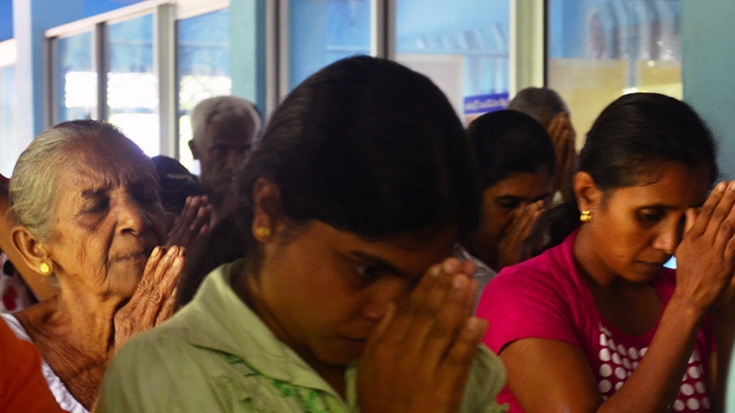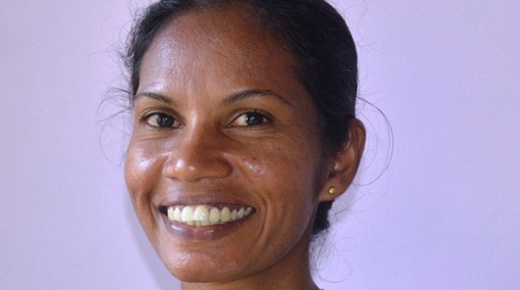The Second Community Development and Livelihood Improvement project is helping support 4290 local level projects mostly lead by women to improve the stand of living for the poorest and most vulnerable members to help them become respected members of the community.
Family
“I passed my A/levels in Biology but did not get sufficient marks to enter university,” said Sarojini, the eldest child of farming parents from Sri Lanka’s once poorest district division. She made a decision to find a job in Colombo to support the education of her younger sisters and assist her old aged parents who were subsistence farmers while earning an income sufficient to manage daily expenses. “Today, one of my sisters is a doctor and another teacher,” she said with satisfaction of the fruits of her labor.
People’s Company
The Bowalagama People’s Company Limited was formed in 2007. It is one of 14 Village Companies still existing and operating under the SCDLIP project. The remaining village organizations are operating as Societies under the Ministry of Economic Development. It has a membership of 166 village households with 99 categorized as poor and 105 women members. The membership fee is Rs.100. Membership benefits include access to village savings and credit facilities, financial advice, market linkages and many other direct and indirect benefits of belonging to an organized people’s company. Since the formation of the company, the people’s company developed a village development plan identifying development priorities following a participatory process. Implementation was carried out with joint contributions to a Village Development Fund from the Government of Sri Lanka, The International Development Agency (IDA), the concessionary lending arm of the World Bank and the communities themselves.
Paddy cultivation is the main livelihood of the people followed by sugarcane and maize harvests. The People’s Company has formed revolving Loan Funds for members to borrow to develop their capacities and support livelihoods.
The total investment in Bowalagama is Rs.3,660,000 with 94 percent of these funds given to members to help them build their village infrastructure, livelihoods and capacities to date.



